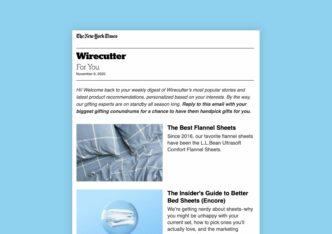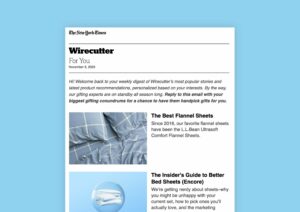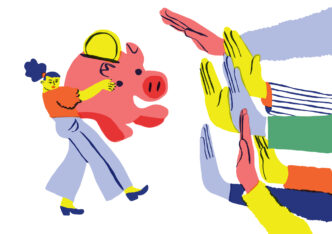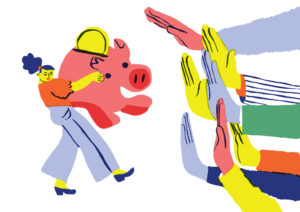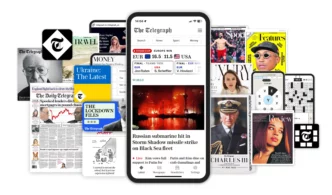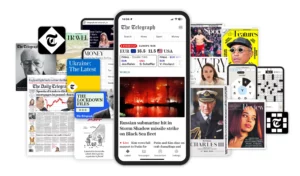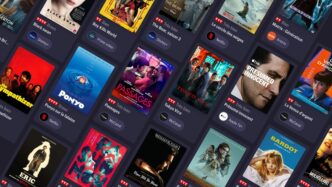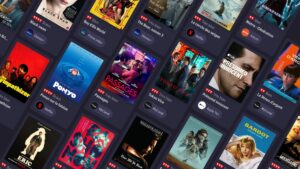

Khalil A. Cassimally for The Audiencers.
Most media organisations struggle to tap into the creative potential of their entire staff. This guide presents a practical template that helps anyone in newsrooms come up with promising ideas and turn them into strategic solutions, breaking through traditional hierarchical barriers. In doing so, it can reshape organisational culture, creating an environment where each staff feels valued, heard, and empowered to contribute to meaningful innovation.
The bulk of decisions and ideas in news organisations are usually made by leadership and other senior staff. Yet, there are more non-leadership and non-senior staff in newsrooms. What’s happening to their ideas?
Many news organisations do offer staff opportunities to share their ideas – usually digital forms with submissions triaged by product managers or product-minded staff. However, these systems frequently result in high rejection rates, with most submissions being dismissed. While some view this as a marker of idea quality, the assumption that rejected ideas are inherently bad is fundamentally flawed.
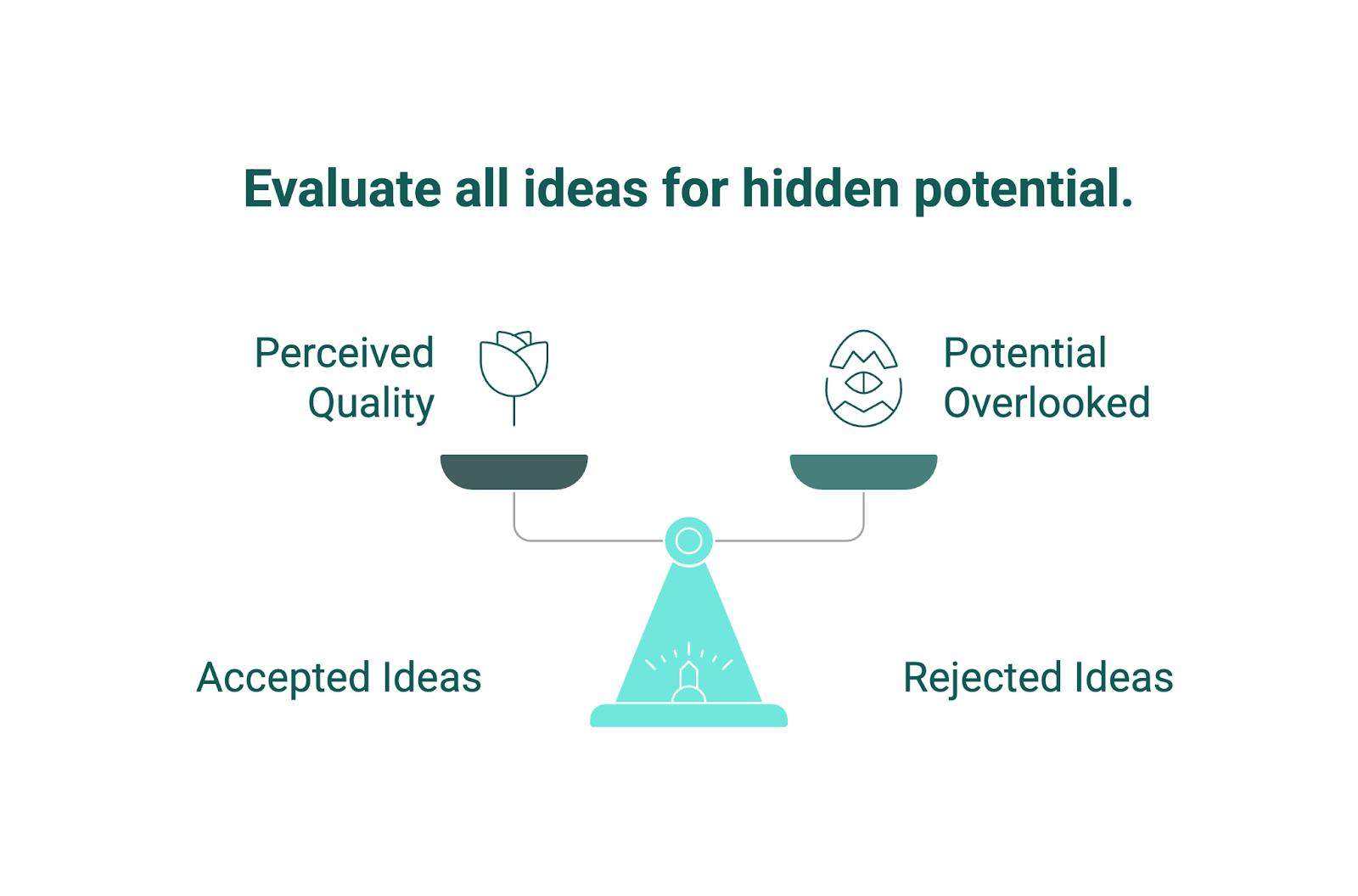
Most ideas are not. Most ideas stem from genuine experience and intuition, but they often lack critical elements essential for organisational success.
Common reasons for idea rejection are:
- Lack of focus: the ideas are vague in scope with unclear expected outcomes.
- Misalignment with organisational priorities: it’s unclear how the ideas contribute to strategic objectives.
- Insufficient end-user consideration: value propositions are poorly-defined. This is especially prevalent in cases when submissions are from staff who are not the intended end-users.
- Resource underestimation: assessment of implementation requirements (for example, human hours needed) is inadequate.
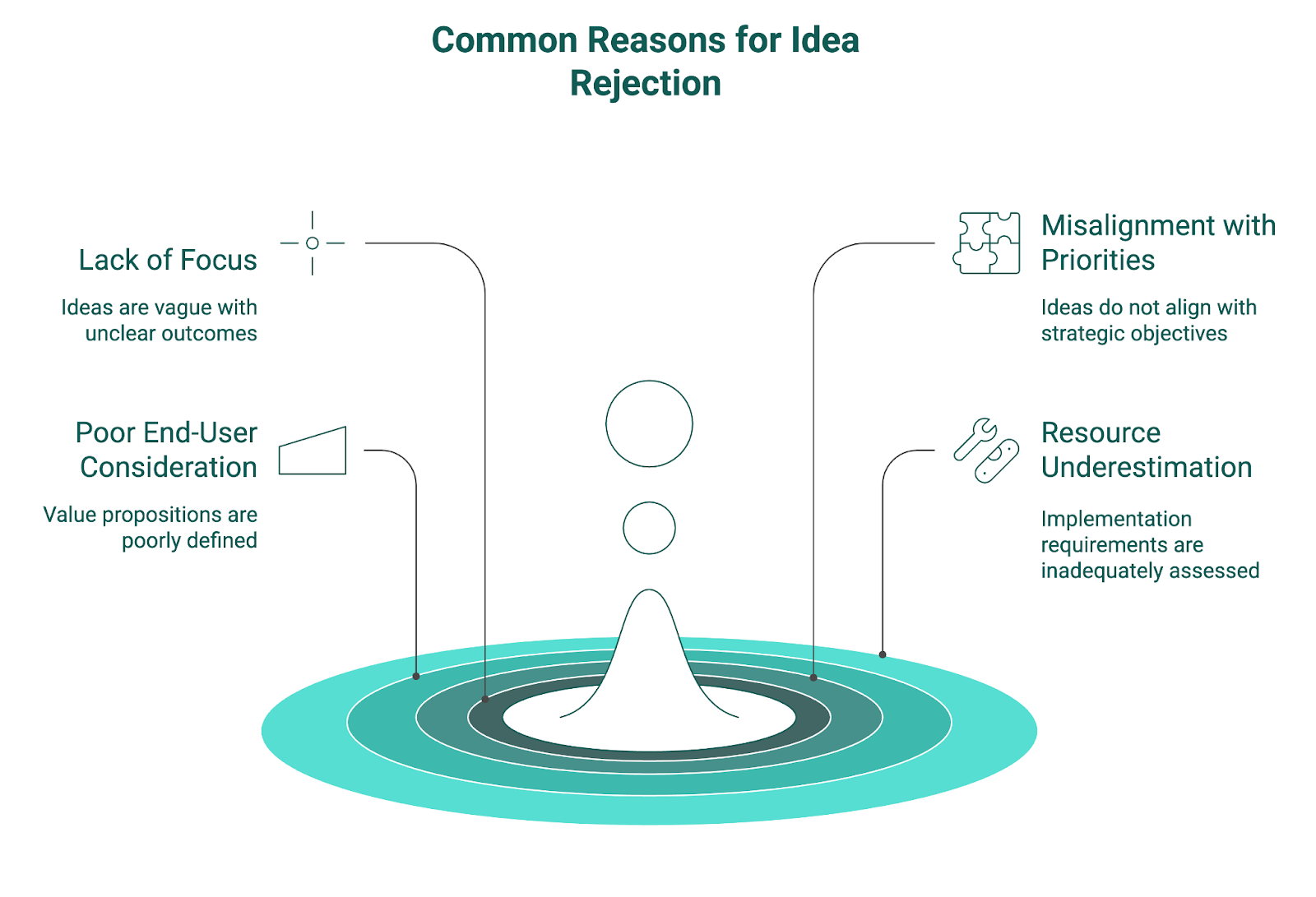
These limitations create certain challenges:
- Ineffective use of the organisation’s collective intelligence, which leads to fewer high-potential ideas, which leads to a smaller surface area for creative solutions.
- Erosion of trust in feedback mechanisms as staff perceive the exercise as ineffective.
- Diminished morale as staff feel little institutional appreciation for their ideas.
A template to collaboratively unlock and execute ideas
Product managers are uniquely positioned to address those challenges by socialising idea generation, design, development and even deployment.
Product managers have the skills to problem-solve in a strategic way, work across functions, create alignment, and more. They are also conscious that execution is fundamental – and that executing effectively and efficiently is enhanced by the right frameworks and templates.
Here, then, is a template I created for use by product managers in news organisations for this very use case.
The template is an adapted design sprint that gives staff visibility and agency over the design thinking process.
There are three sets of collaborative exercises which respectively create alignment about goals and key challenges to overcome, develop hypotheses for solutions, and validate the hypotheses with research.
People who have gone through the sprint come away with three main benefits:
- Alignment and focus. The sprint creates a shared understanding of objectives and problem-solving approaches. “The sprint helped us comprehend a problem more clearly and break down the solution into manageable chunks,” wrote a commissioning editor who went through the sprint.
- A repeatable system. The sprint converts abstract ideas into concrete requirements for strategic execution in a structured way. “I feel we will be able to integrate this streamlined approach to planning into all aspects of our work, not just this project itself,” a senior editor said.
- Collaborative empowerment. The sprint motivates staff and ensures equitable participation. Another senior editor said: “we all got a chance to contribute and feedback, it wasn’t dominated by more senior team members …”
Assembling a good team
Before you use the template, you need to assemble a team of half a dozen members or so. Your aim here is to form a team that will work collaboratively in a creative, productive and fulfilling manner.
There are three considerations to keep in mind as you assemble a team:
- Establish strategic alignment. It enables the team to move more quickly through the sprint without the need to rehash key decisions. And it ensures they are more focused on, and able to, deliver value to end-users. Having a certain desk or department department heavily represented in the team is one way of starting with some strategic alignment.
- Incorporate cross-functional expertise. The breadth of knowledge and perspectives is conducive to a cross-pollination of ideas, which puts the team in a position to execute holistic solutions. So, while the majority of your team might come from a certain desk or department, ensure you also have representatives from some other functional groups.
- Ensure team empowerment through stakeholder representation. There’s no point going through the sprint if any execution will be blocked by certain stakeholders. The team should be empowered to deliver. It is for this reason that bringing a decision-maker into the team can be valuable. They are typically more senior staff who may not have the bandwidth to go through the sprint. But ensuring they have visibility in the process and are kept informed about decisions should make it easier to get their backing, empowering the team.
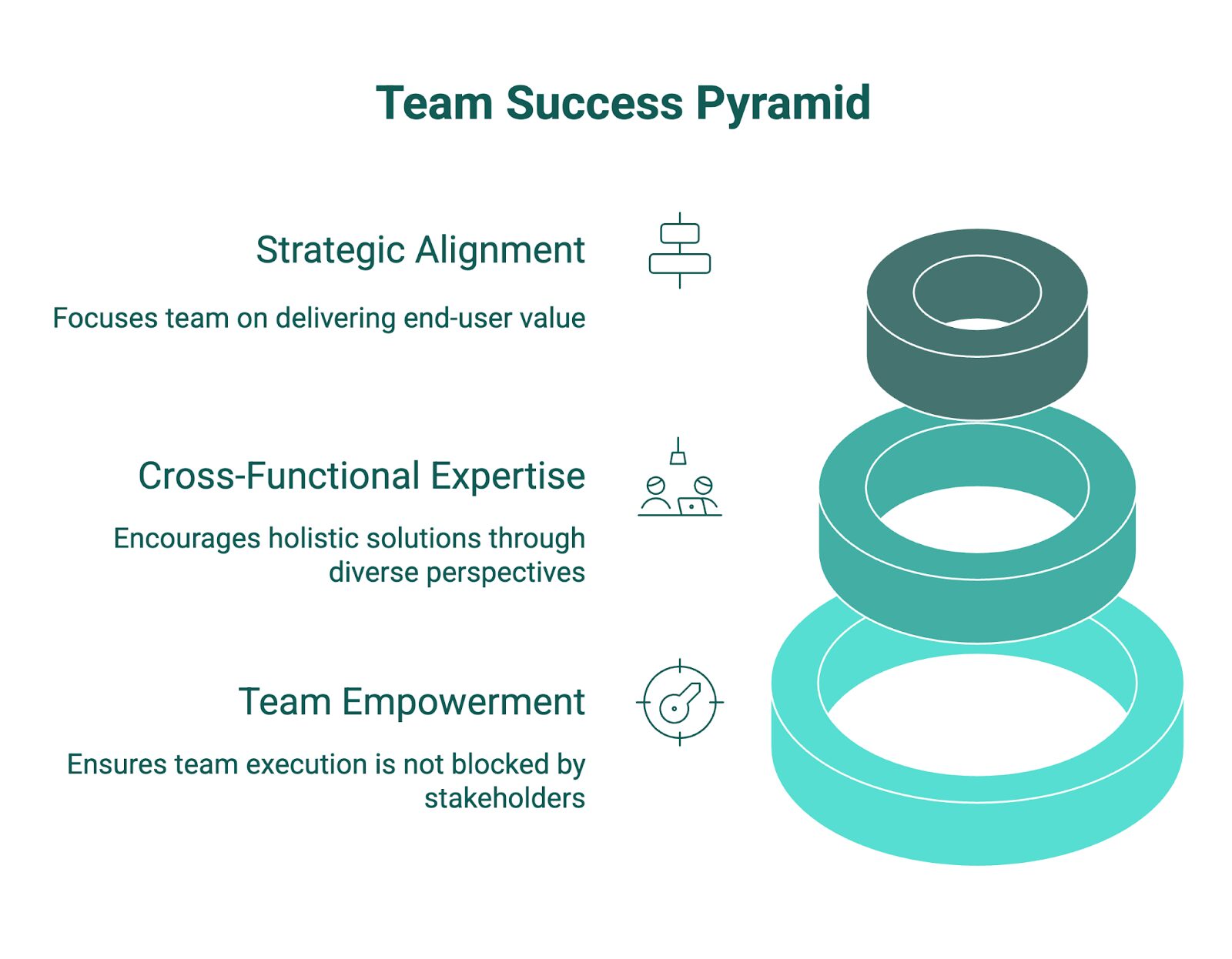
Once you’ve assembled the team, you can start the sprint.
How to use the template
The product manager’s role is as a facilitator. They ensure that team members understand how to carry out each exercise, and how each exercise fits into the larger objectives of the sprint.
The exercises are ordered in eight rows. Most of those eight rows are the equivalent of 60- or 90-minute work sessions.
The first two sessions are all about finding alignment and focus for the sprint.
The first session is strictly focused on end-users.
- The first exercise (Who are our users? Research) helps team members develop a shared understanding of end-users by sharing and reviewing any information they can find.
- The second exercise (Who are our users? Decision) then helps the team zero in on one target segment they want to be valuable to, using a decision-making matrix.
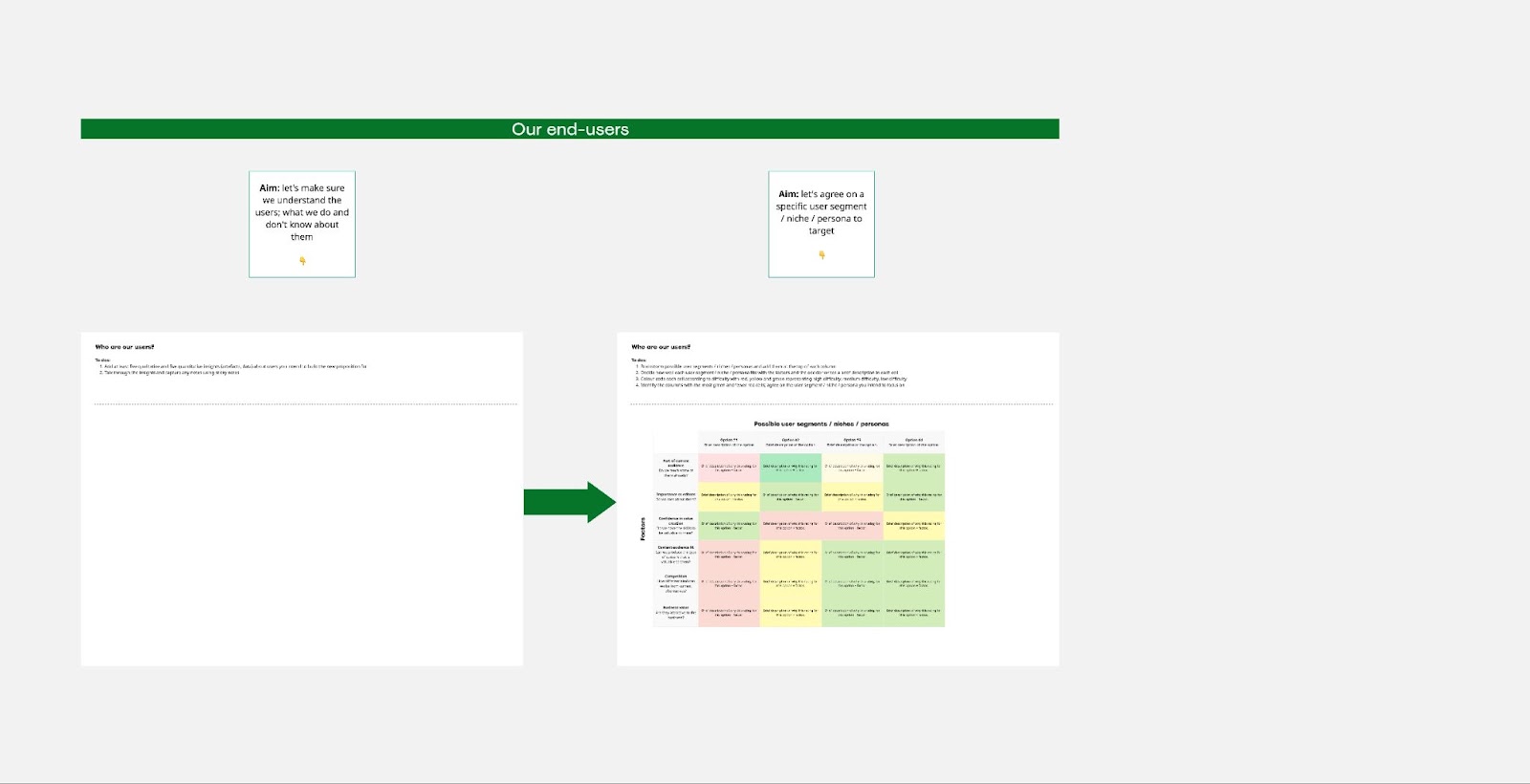
The second session aligns the team on why they’re doing this work, the challenges to overcome to be valuable to the target segment, and ultimately the scope of work during the sprint.
- The first exercise (What is the longterm goal of our work?) helps create a goal to aspire to.
- The second and third exercises (What are some of our possible challenges?; What are some key themes from our possible challenges?) identify challenges to overcome to reach the goal.
- The fourth exercise (What does the current experience look like?) recentres the team on the current state.
- The fifth exercise (What are the first steps we can take now itself?) helps identify what the team can work on during the sprint.

By this point, the team is clear on the long-term goal and the key challenges to work on. The team is now primed to move to develop hypotheses for solutions, which it will do over the third and fourth sessions.
The third session is all about idea generation.
- The first exercise (What are our hypotheses?) encourages brainstorming of hypotheses for the identified challenges.
- The second exercise (Which hypothesis do we prioritise?) allows for prioritisation of hypotheses, using a prioritisation matrix.
- The third exercise (How are we defining success of the ideas?) establishes a criteria for hypothesis validation.
- The fourth exercise (What are some of the risks involved?) helps risk mitigation by encouraging the team to think through the assumptions and risks associated with the hypothesis.
- There are two additional exercises which the team can go through if it appears like they are favouring working on a prototype. The exercises are competitor research and heat map.
At the end of the third session, the team has clarity about the hypotheses they will work in an attempt to deliver value to the target segment.
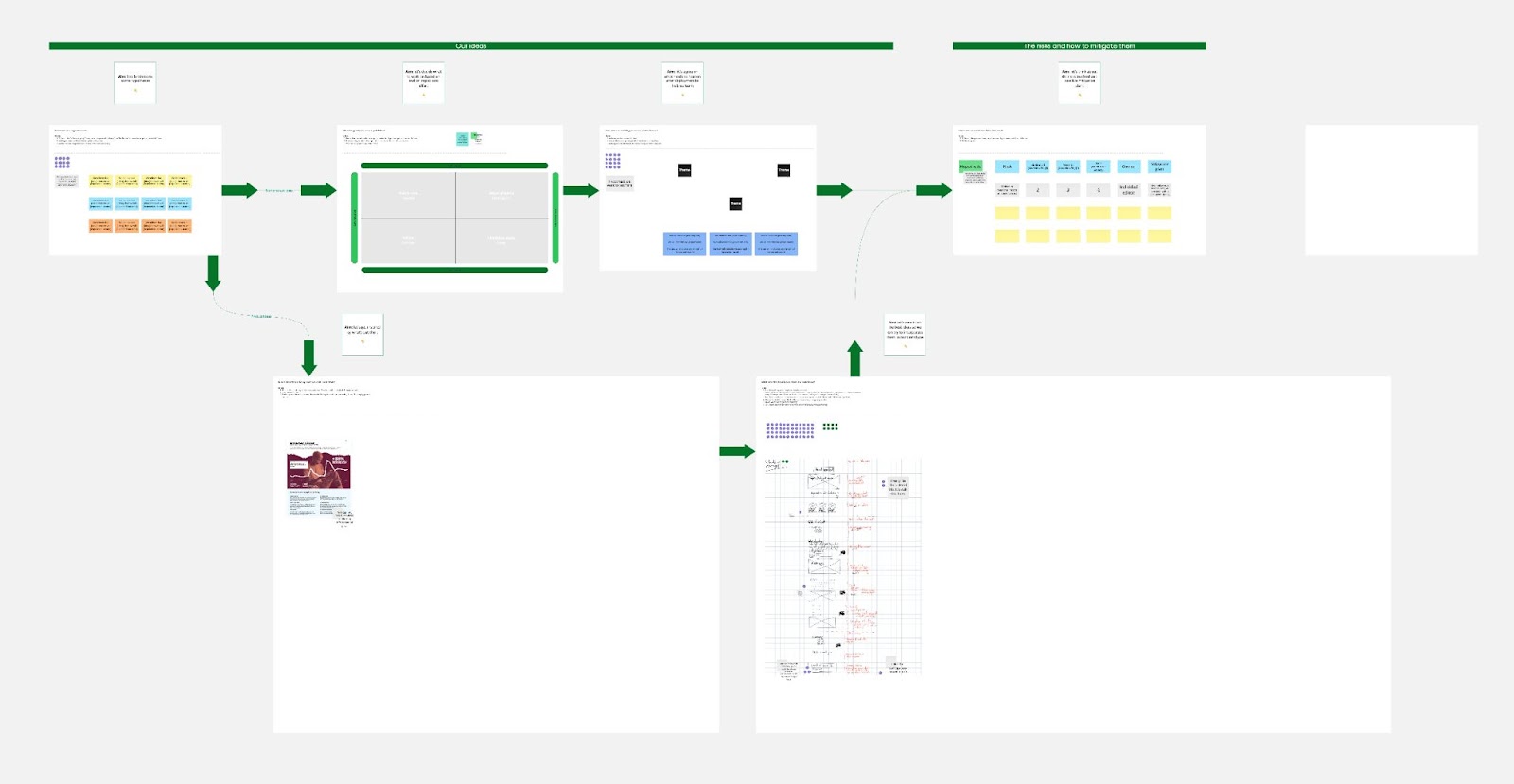
The fourth session is concerned with planning the work.
- The first exercise (What do we need to do to action the idea?) helps the team break down their big idea into a series of manageable jobs to be done.
- The second exercise (When do we do what?) is roadmapping.
- The third exercise (Who does what?) is resource allocation.
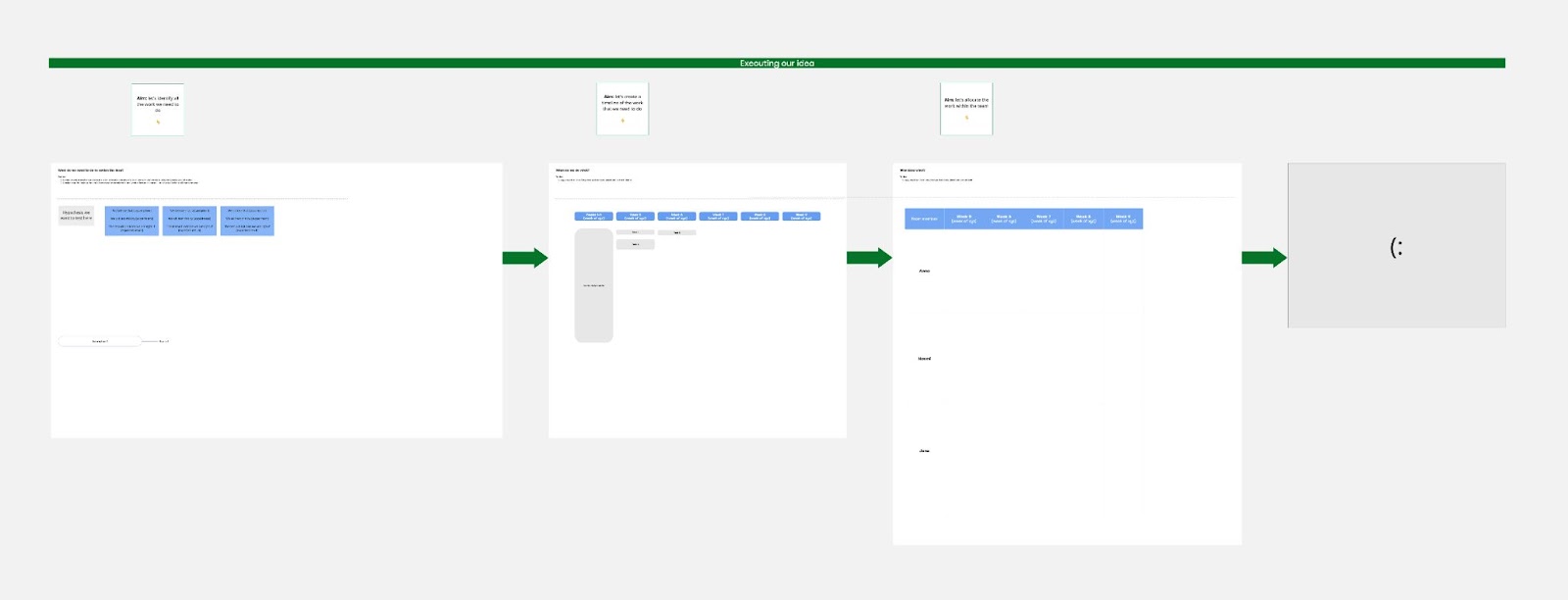
The team is now ready to go and execute. Following execution, the team needs to decide whether they want to stop, iterate, or deploy what they’ve worked on or built. This decision relies on validating their big idea or hypothesis. To do this, the team needs to conduct research. This is covered by the fifth and sixth sessions.
The fifth session:
- For hypotheses that can be validated by looking at performance metrics, the first exercise of the fifth session (What do our metrics tell us about the idea?) allows comparison with a baseline.
- For more product-related work, user research is needed to validate hypotheses. In this case, the exercises help organise the research and set it for success.

The sixth session helps make sense of the output from the user research.
- The two exercises (What is the feedback from the user testers?; What can we learn from the user testing?) provide canvas for feedback capture and synthesis into actionable insights.
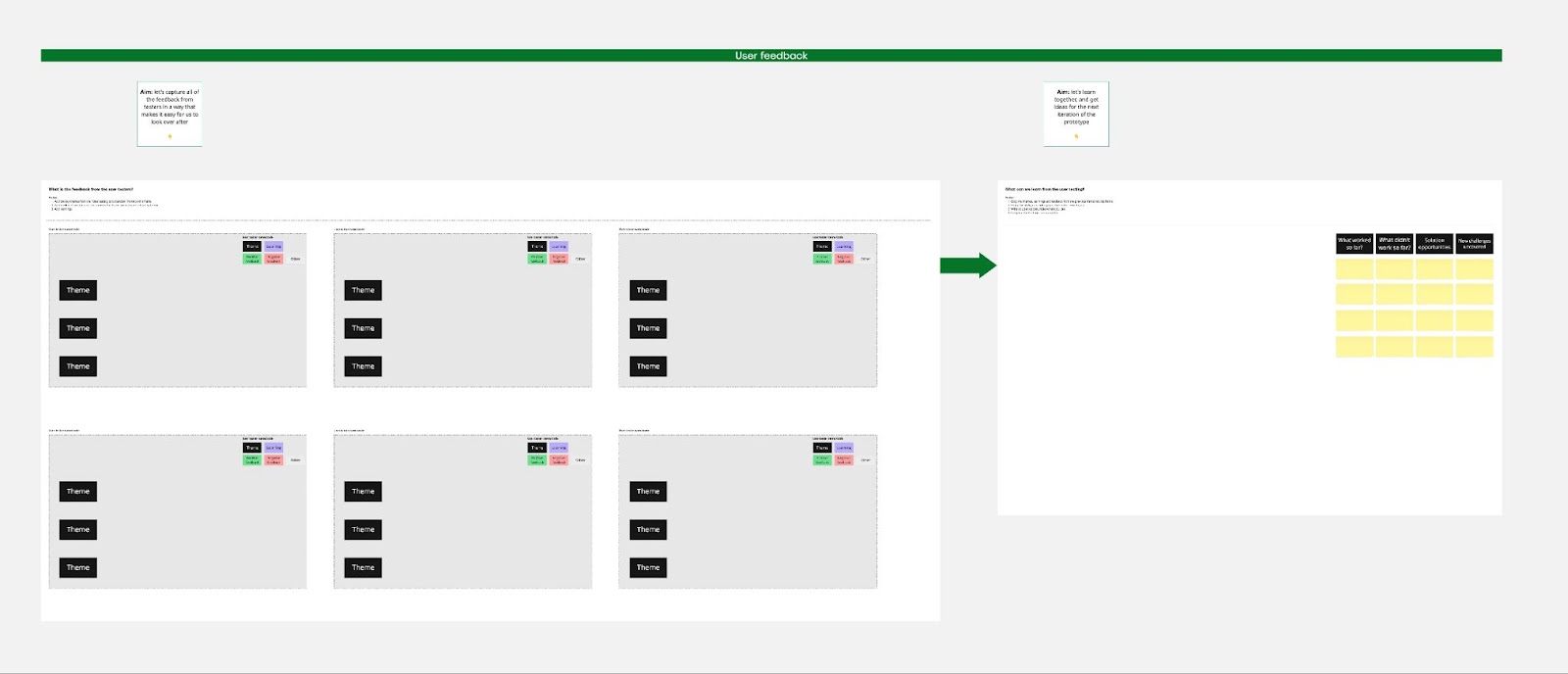
At this point, the team can make an informed decision about how to proceed with what they’ve worked on or built. If the research has not provided enough evidence that it is working, there is no shame in stopping and moving on to something else. (Some teams set fail criteria to help decision-making be more rational.) If the research has provided ample evidence that what they’ve worked on or built is working, the team can choose to iterate and eventually deploy at scale.
The seventh, and last, session (Does the prototype meet our standard?) is meant to act as a final internal check before deployment to reassure the team, and the wider organisation, that what the team worked or built is ready for the big time.
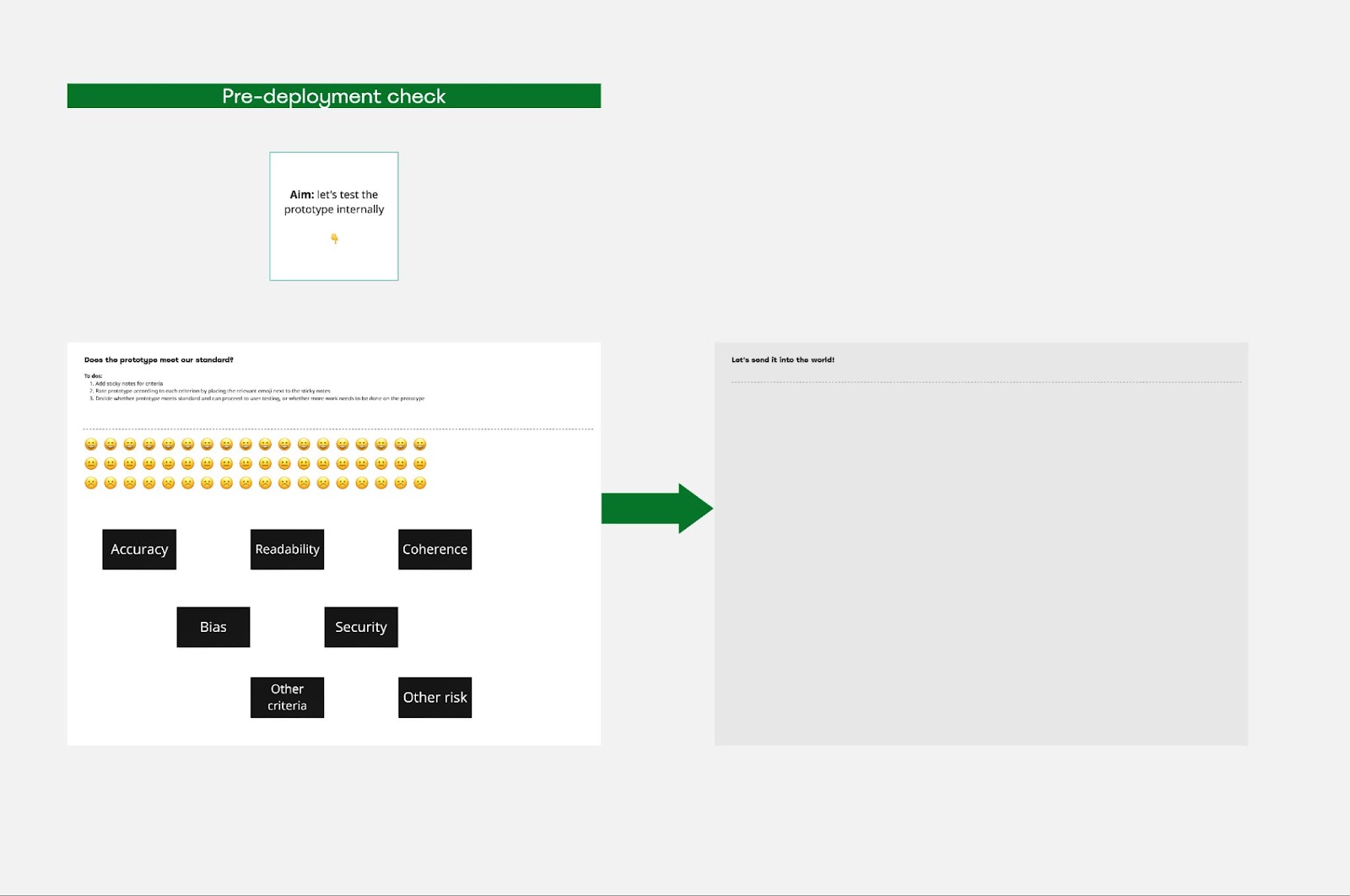
By following this structured approach, product managers can transform the idea generation process in their media organisations, creating a culture of innovation that values and leverages collective intelligence.
Which can in turn help shift the culture to one where creativity can flourish, staff feel heard, and meaningful innovations can emerge.

